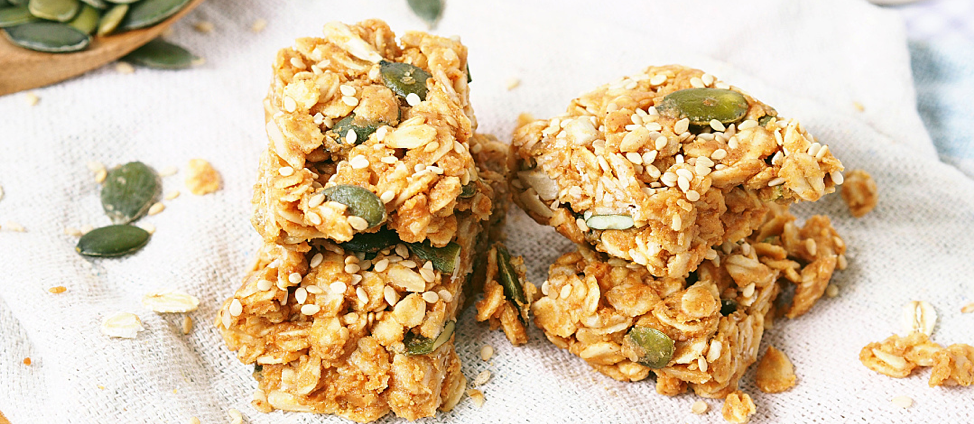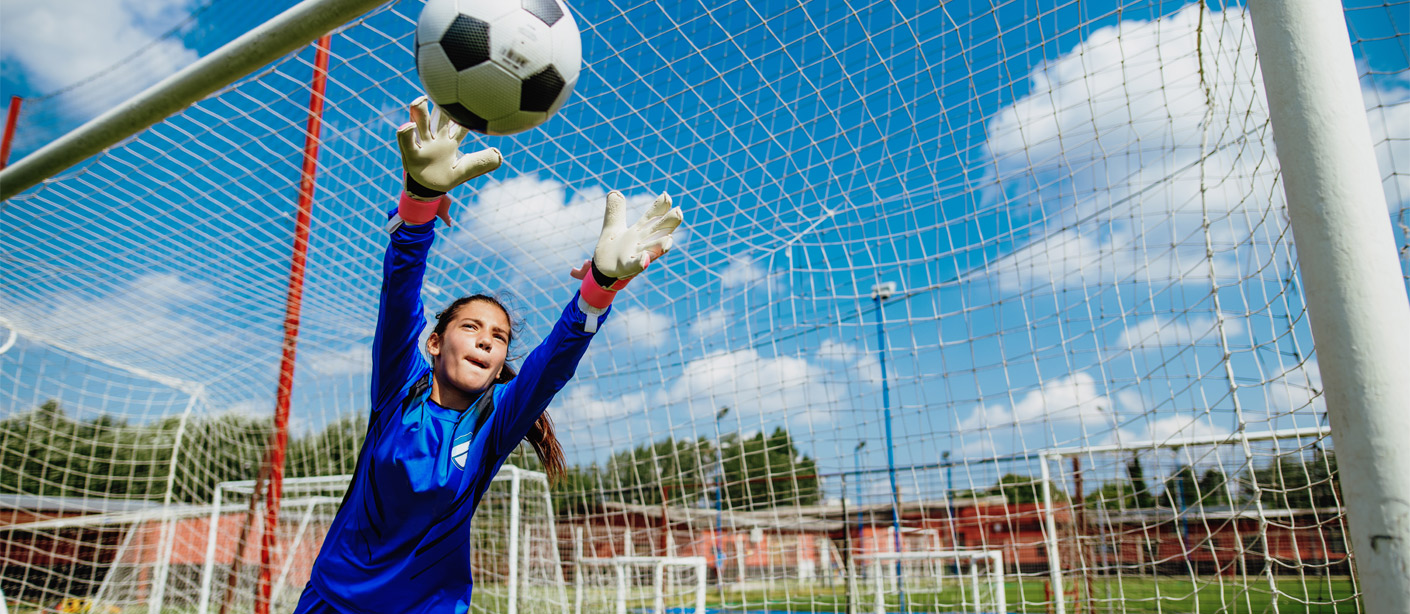5 Smart Snacking Tips to Curb Hunger | Abbott Nutrition
- Sub Heading
-
How to Snack in a Healthy Way
- Main Image
-

- Duration
-
SEP. 20, 2019 4 MIN. READ - Description
-
Snacking is one of those habits that often gets a bad rap. But nibbling throughout the day can have some powerful health benefits.
"The right snacks ward off hunger, so you feel more in control and have steady energy while waiting for your next meal," explains Pamela Nisevich Bede, MS, RD, a registered dietitian at Abbott. "And it's important to choose snacks that curb cravings and keep you satisfied."
But just because snacking has some health benefits doesn't mean you should overdo it with candy and popcorn anytime you're watching TV. Try these five snacking tips to improve your eating habits between meals and choose snacks that work hard for you, so you're not working them off later.



Social Share